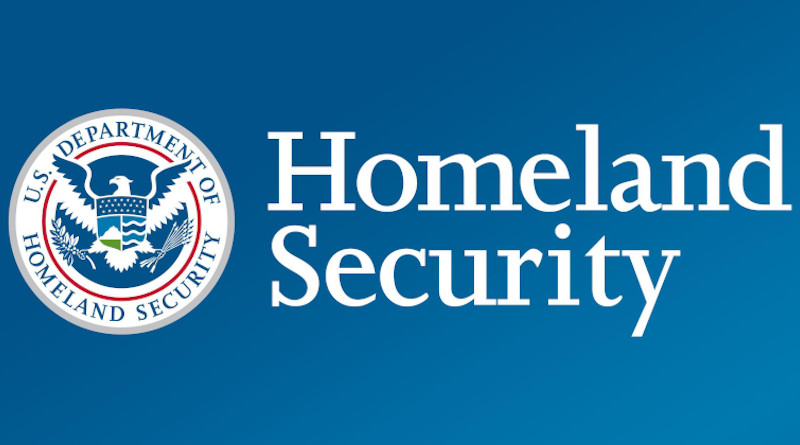DHS Intelligence Gathering Should Be Localized, Say Security Experts – OpEd
By Jim Kouri
A new report by a bipartisan group of security experts argues that Department of Homeland Security should shift its intelligence gathering efforts away from foreign enemies and focus on local threats by working with law enforcement agencies and the private sector to secure critical infrastructure, the U.S. borders, and cities from domestic threats.
The report, titled “Homeland Security and Intelligence: Next Steps in Evolving the Mission,” was published by the Aspen Homeland Security Group, which is co-chaired by former DHS Secretary Michael Chertoff.
“Though the impetus for creating [DHS], in the wake of the 9/11 attacks, was clearly terrorism based, the kinds of tools now deployed, from border security to cyber protection, are equally critical in fights against emerging adversaries,” the Aspen report said.
The DHS enterprise is more complex than other agencies responsible for America’s security, and its intelligence mission is correspondingly multifaceted.
Its intelligence missions range from providing homeland security-specific intelligence at the federal level; integrating intelligence vertically through DHS elements; and working with state/local/private sector partners to draw their intelligence capabilities into a national picture and provide them with information.
DHS, as it works to sharpen these missions, benefits from both a legislative mandate and a competitive advantage in a few areas that are unique within the federal intelligence community:
- Securing borders and analyzing travel — from threats such as terrorists, drug cartels, and alien smugglers — including integrating travel data with other federal information;
- Protecting critical infrastructure, from advising transportation partners on how to secure new transport nodes to providing sectors with after-action analysis of the infrastructure vulnerabilities exposed by overseas attacks; and
- Preventing cyber intrusions, from red-teaming vulnerabilities in the US private sector to sharing best practices among corporate entities.
Many agencies conduct all-source analysis of threat based on more traditional models of intelligence. As DHS grows its intelligence mission, though, we should understand that its development will benefit from unique data and responsibilities that other agencies do not share.
The foundation for a separate DHS intelligence mission includes a few key elements:
- Access to unique, homeland-relevant data, such as CPB and ICE information;
- Responsibility for securing the border and critical infrastructure;
- Access to personnel who have intimate tactical knowledge of current issues and trends in these areas; and
- Responsibility for serving state/local partners as well as private sector partners in key infrastructure sectors.
In an age of budget constraints, pressure on DHS to focus on core areas of responsibility and capability — and to avoid emphasis on areas performed by other entities — may allow for greater focus on these areas of core competency while the agency sheds intelligence functions less central to the DHS mission, according to Aspen’s security analysts.
In an age of budget constraints, pressure on DHS to focus on core areas of responsibility and capability — and to avoid emphasis on areas performed by other entities — may allow for greater focus on these areas of core competency while the agency sheds intelligence functions less central to the DHS mission, according to Aspen’s security analysts.
Analysts and managers in Washington’s sprawling intelligence architecture often speak of the value of competitive analysis — analysts at different agencies, for example, looking at similar problems to ensure that we miss no new perspective, no potentially valuable data source.
There remains room for this type of analysis, but there are enough agencies pursuing the terrorist adversary to allow DHS to build a new analytic foundation that emphasizes data, analytic questions, and customer groups that are not the focus for other agencies. Analysis that helps private-sector partners better understand how to mitigate threats to infrastructure, for example, should win more resources than a focus on all-source analysis of general threats, such as work on assessing the perpetrators of attacks.
In all these domains, public and private, DHS stakeholders will require information with limited classification; in contrast to most other federal intelligence entities, DHS should focus on products that start at lower classification levels, especially unclassified and FOUO, and that can be disseminated by means almost unknown in the federal intelligence community (phone trees, Blackberries, etc.). according to the Aspen report.
“Partnerships and collaboration will be a determining factor in whether this refined mission succeeds. As threat grows more localized, the prospect that a state/local partner will generate the first lead to help understand a new threat, or even an emerging cell, will grow. And the federal government’s need to train, and even staff, local agencies, such as major city police departments, will grow,” stated the analysts.

